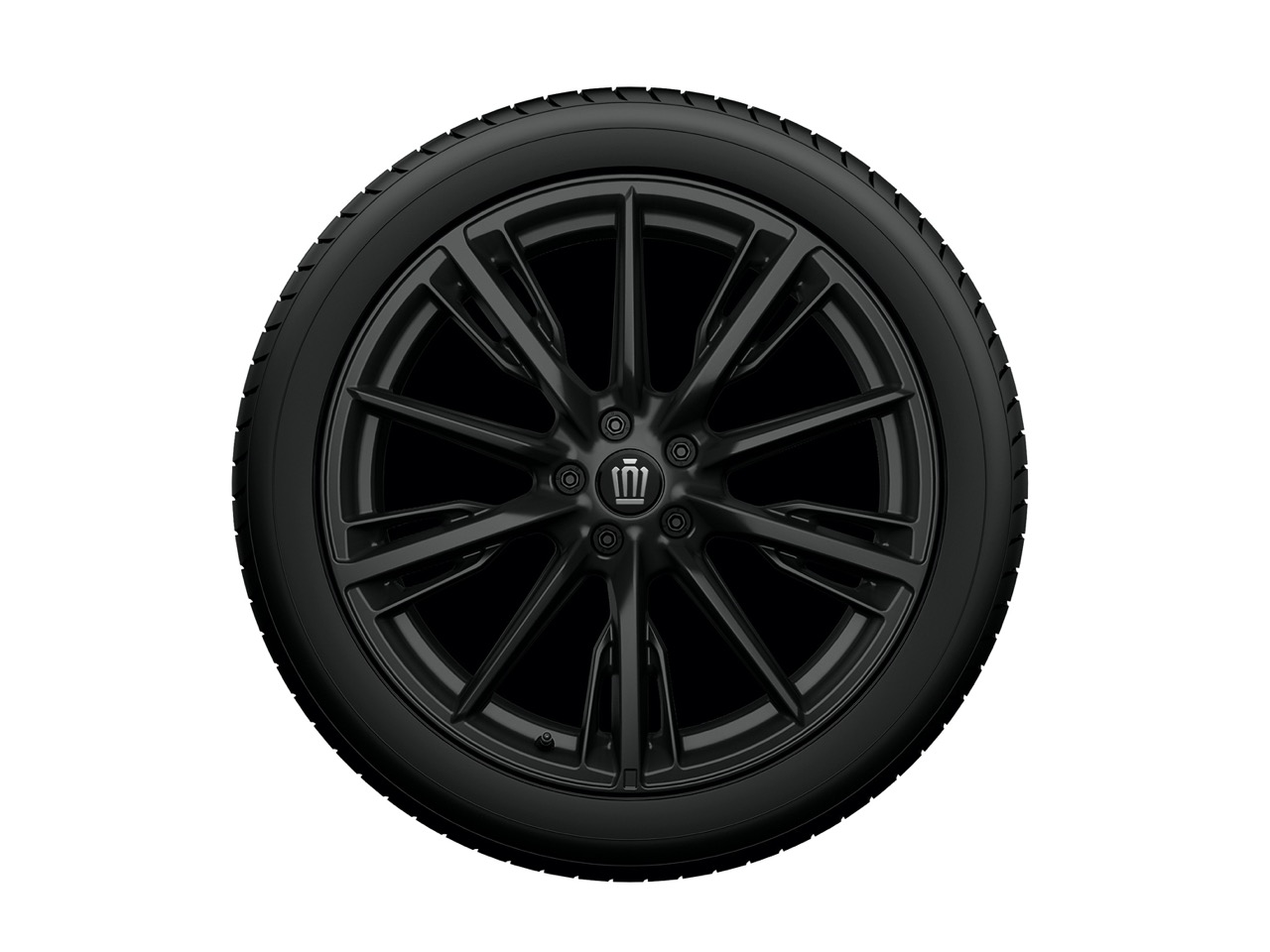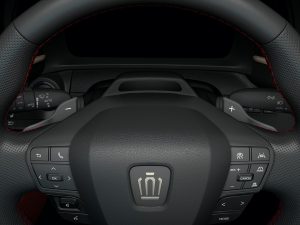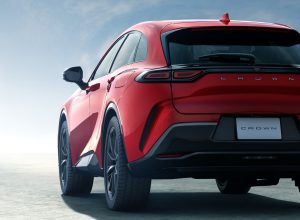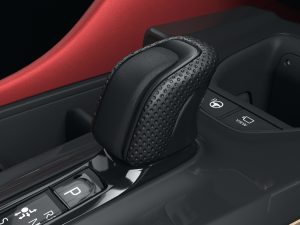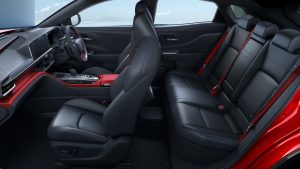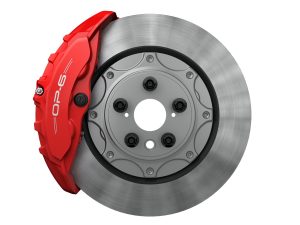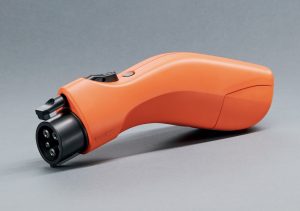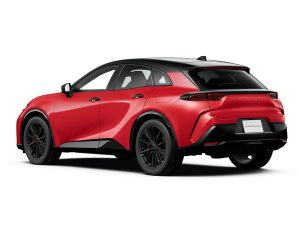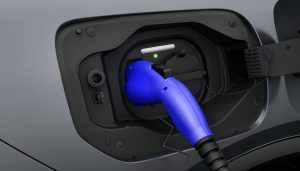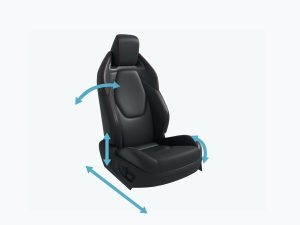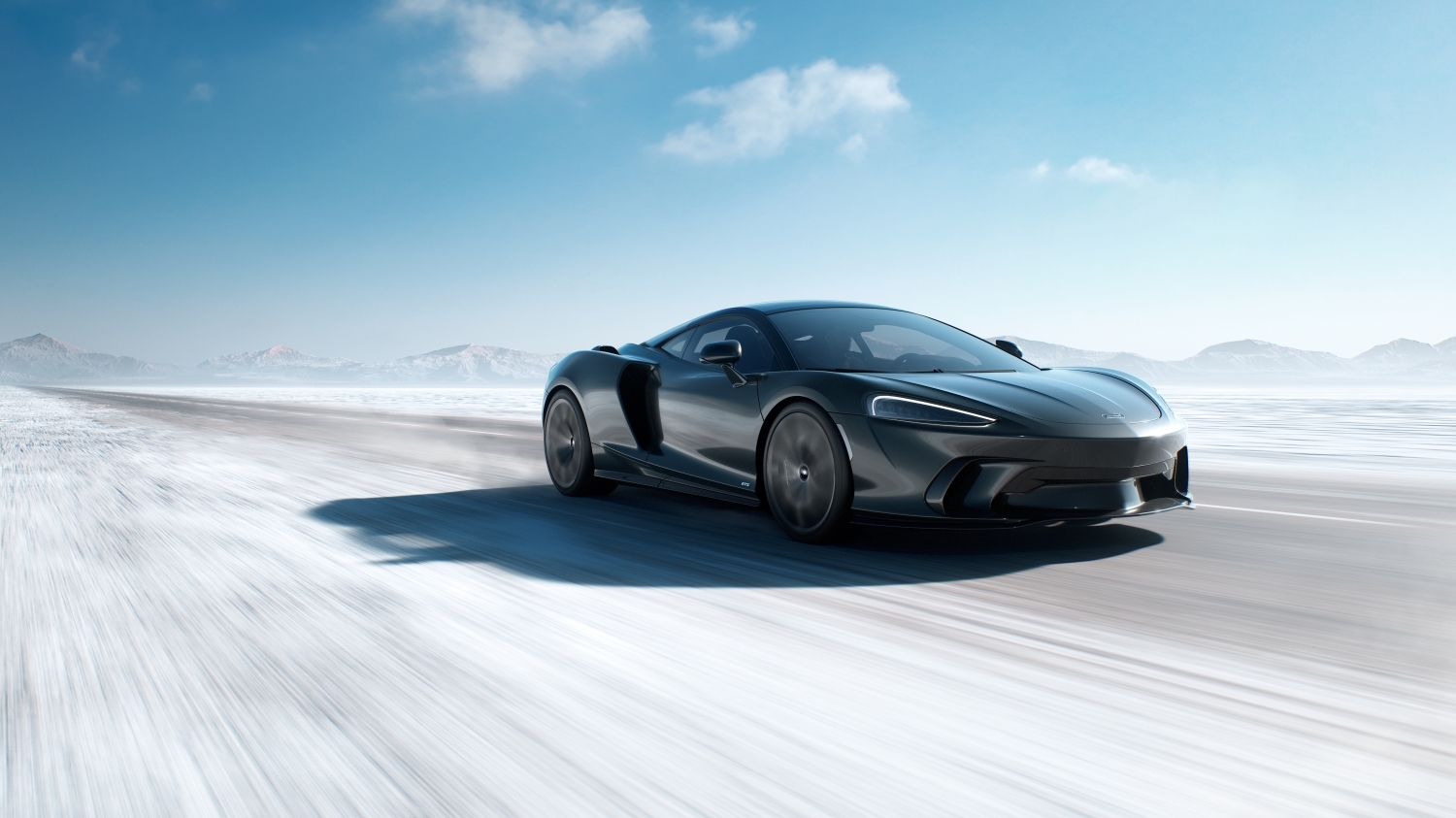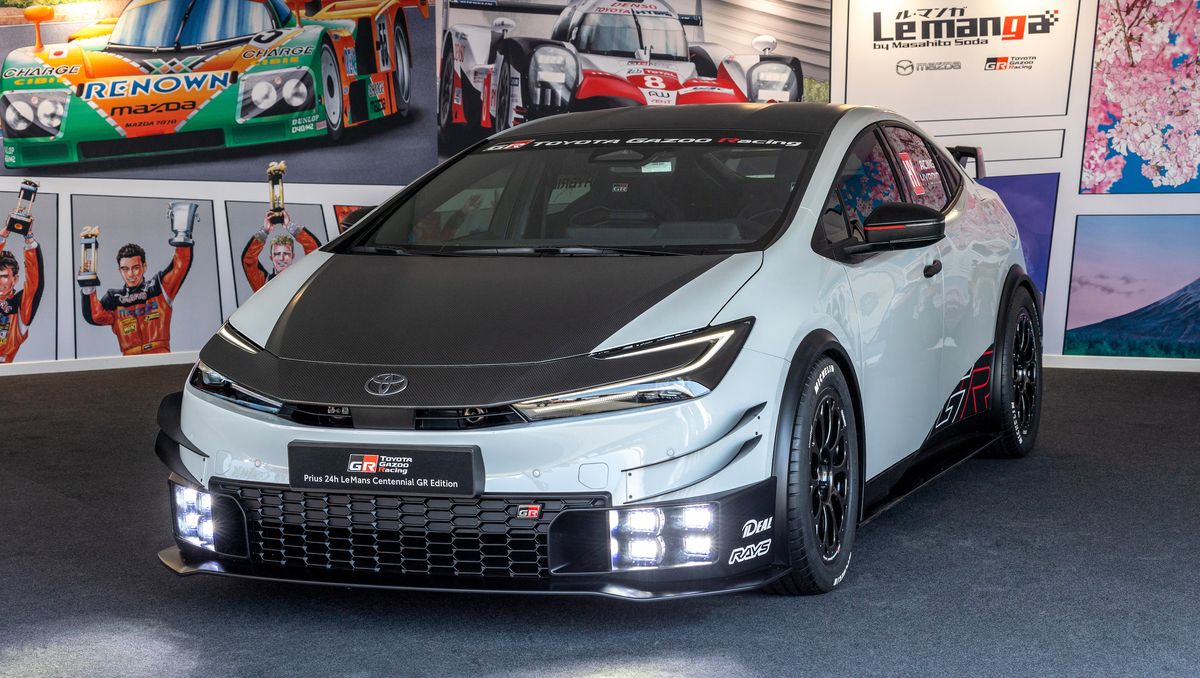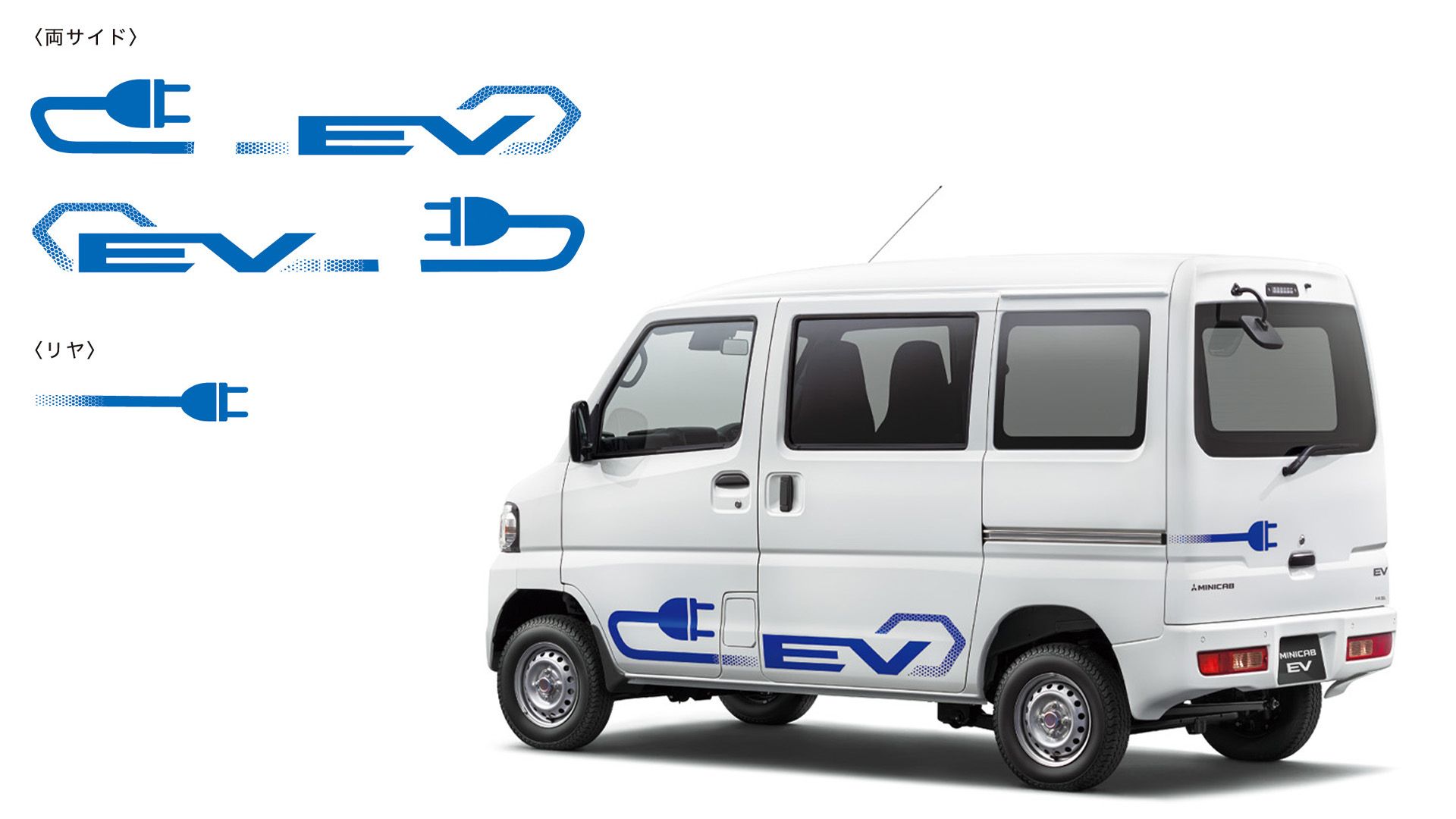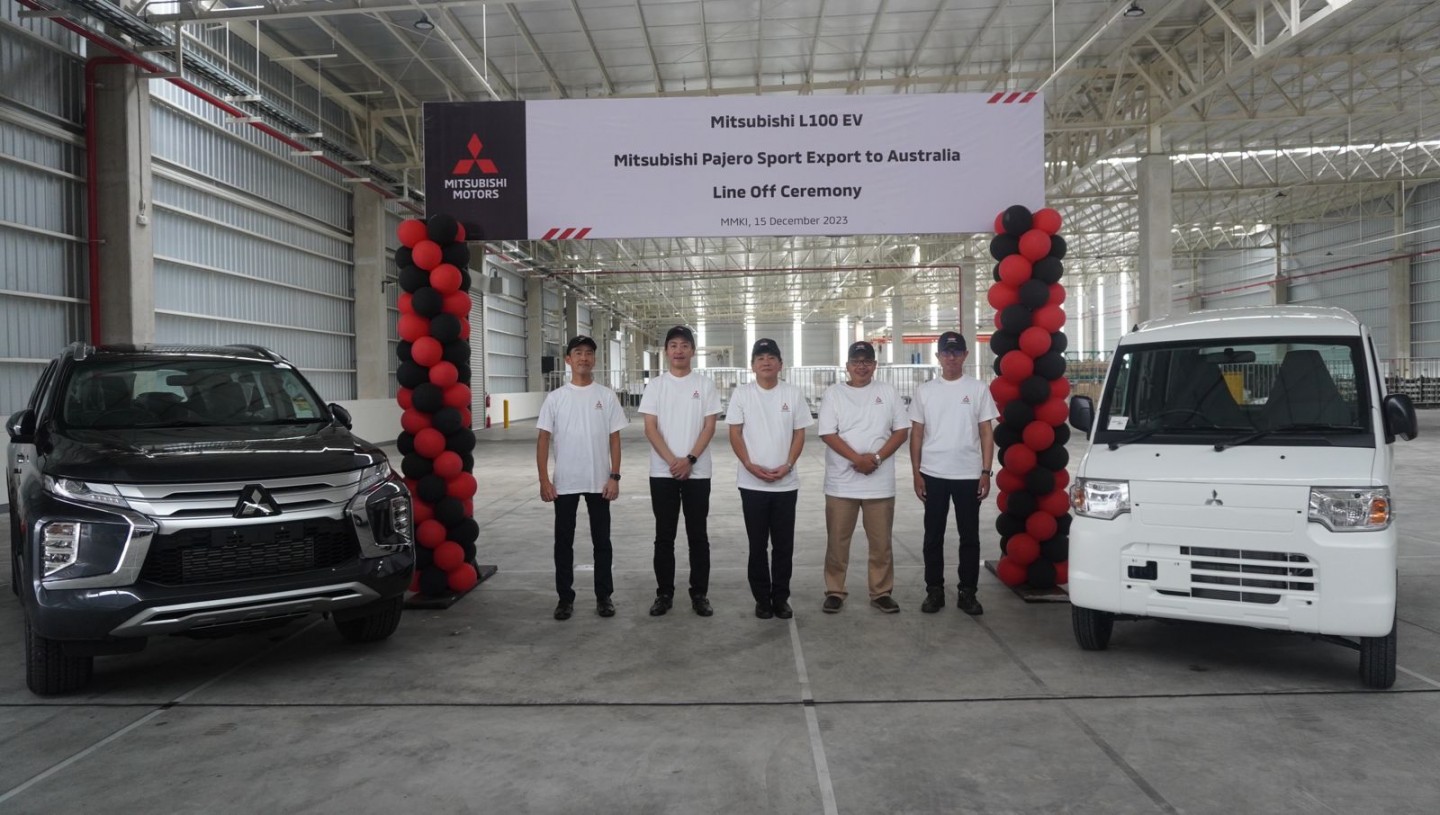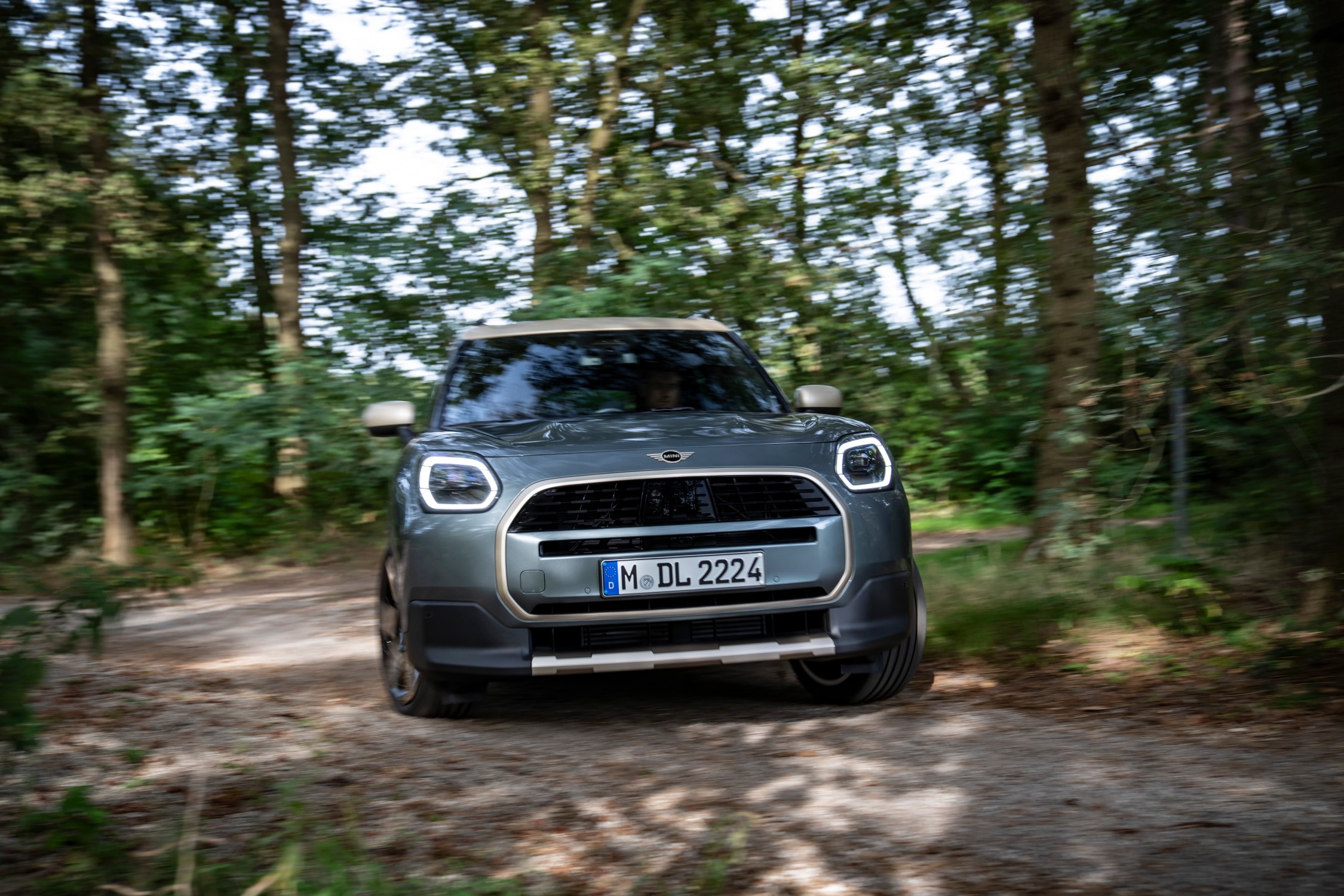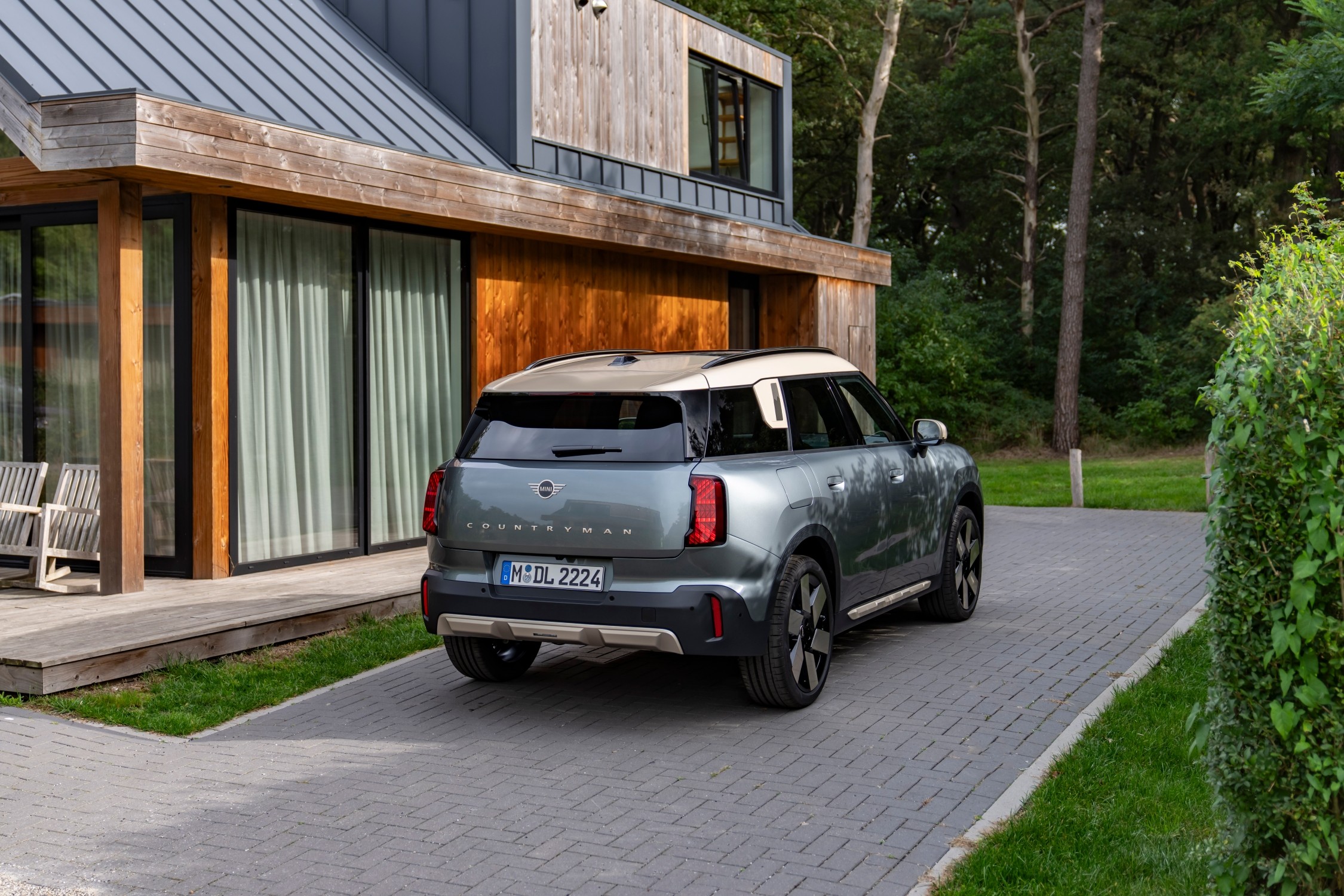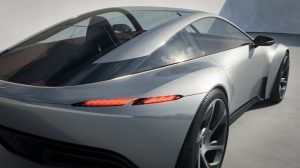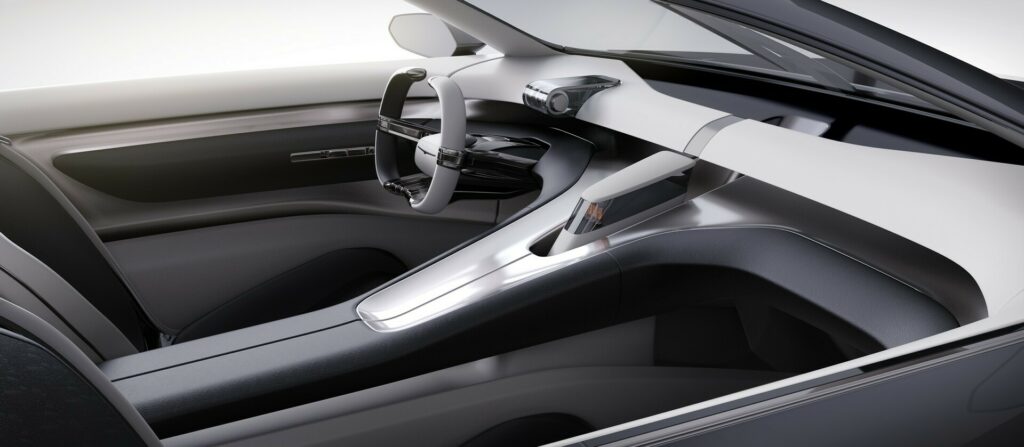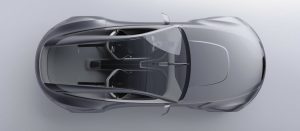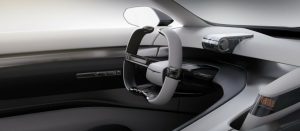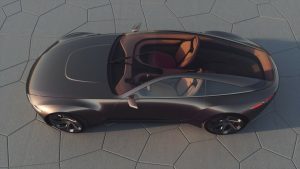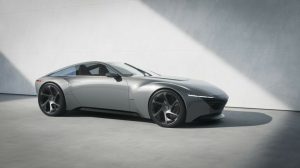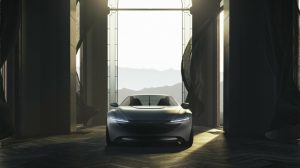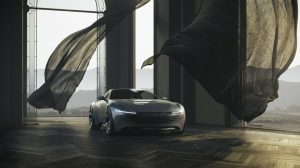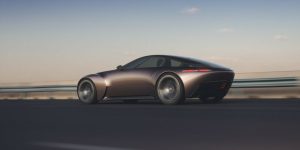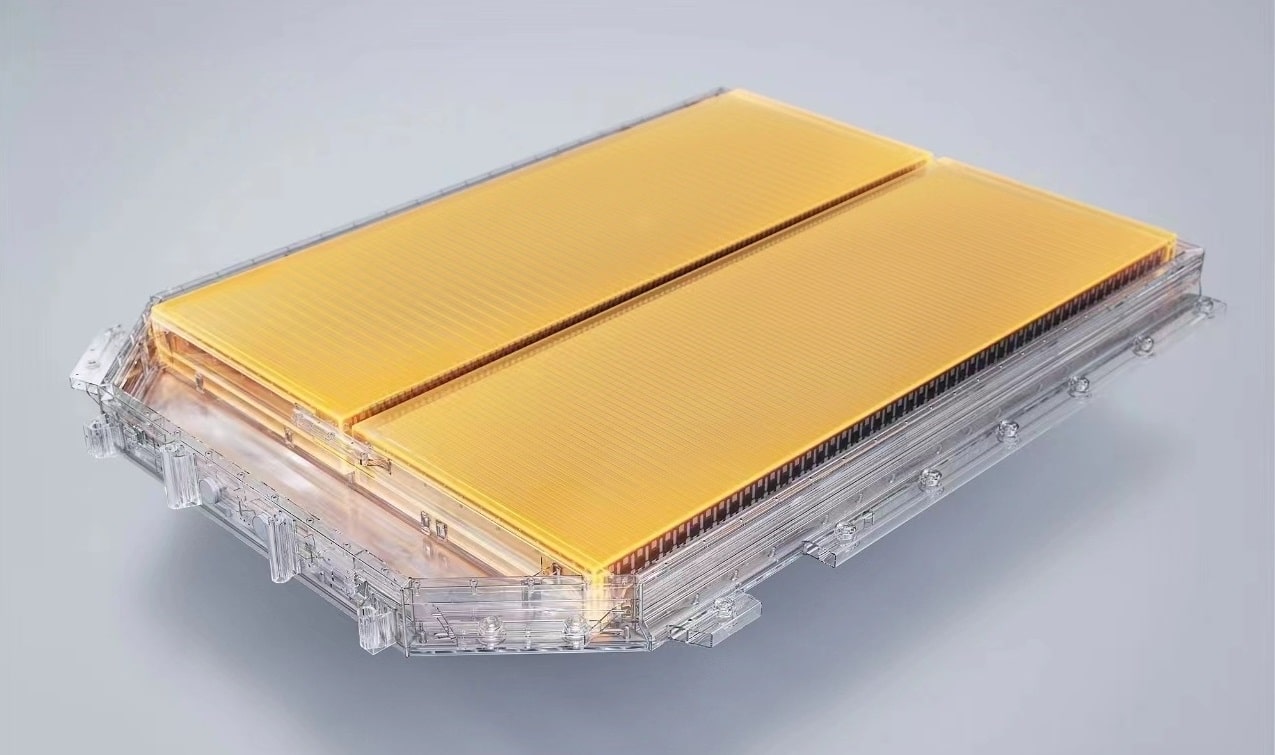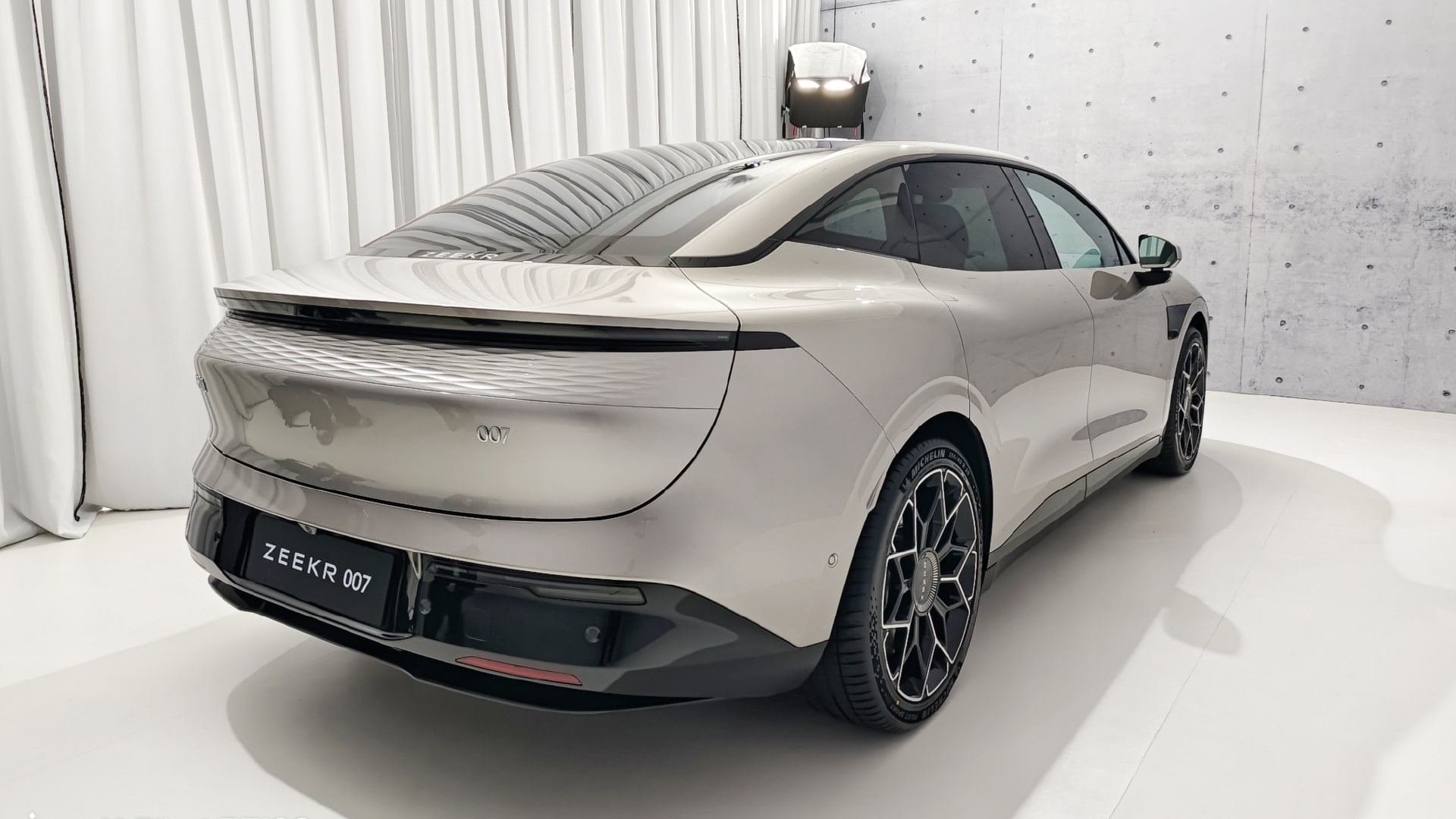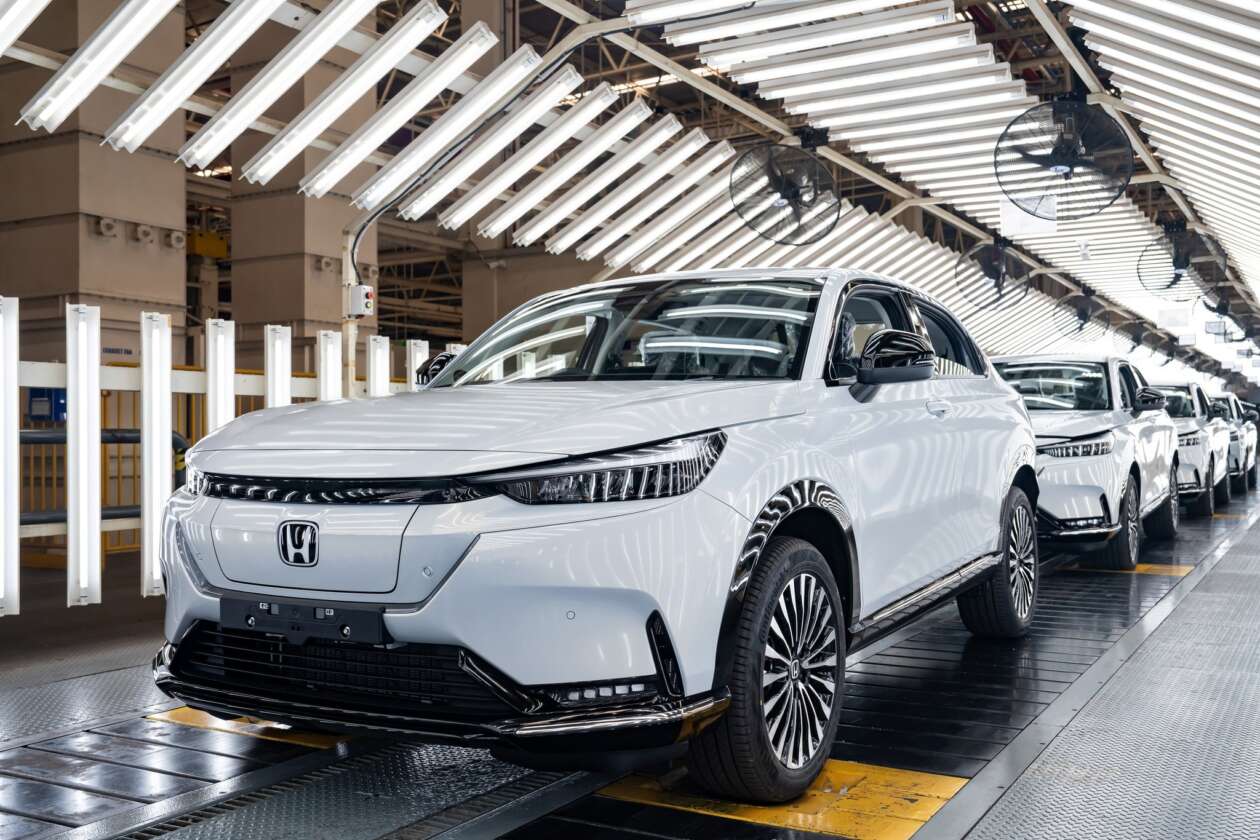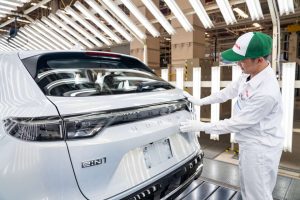Elon Musk, CEO of Tesla, recently announced on his social media platform, X, that Tesla plans to introduce a package for the Cybertruck, turning it into an amphibious vehicle capable of navigating at least 100 meters of water.
An amphibious vehicle is a type of transportation that is designed to operate both on land and in water. These vehicles have features that allow them to seamlessly transition between terrestrial and aquatic environments. Amphibious vehicles come in various forms such as amphibious bicycles, ATVs, cars, buses, trucks, railway vehicles, combat vehicles and hovercraft.

Musk’s statement follows discussions on Jay Leno’s Garage, where Tesla’s head of design, Franz von Holzhausen, and vice president of vehicle engineering, Lars Moravy, shared insights into the Cybertruck’s capabilities. Moravy suggested that the vehicle almost floats, and with some added buoyancy, an outboard motor could be installed.
Embracing Moravy’s idea, Musk stated that Tesla will offer a modification package for the Cybertruck, requiring minimal upgrades to the cabin door seals. While the accuracy of Musk’s claim about the Cybertruck’s seaworthiness remains uncertain, it aligns with Musk’s longstanding fascination with the concept. Musk previously expressed interest in having the Cybertruck make a water crossing between SpaceX’s Starbase and South Padre Island, Texas.
The timeline for this modification package remains unclear, and Musk’s announcement did not specify if development was underway before his social media post. Some social media users expressed skepticism, suggesting that the Cybertruck could potentially serve as a submarine but humorously adding that it might then transform into a “coffin.”














